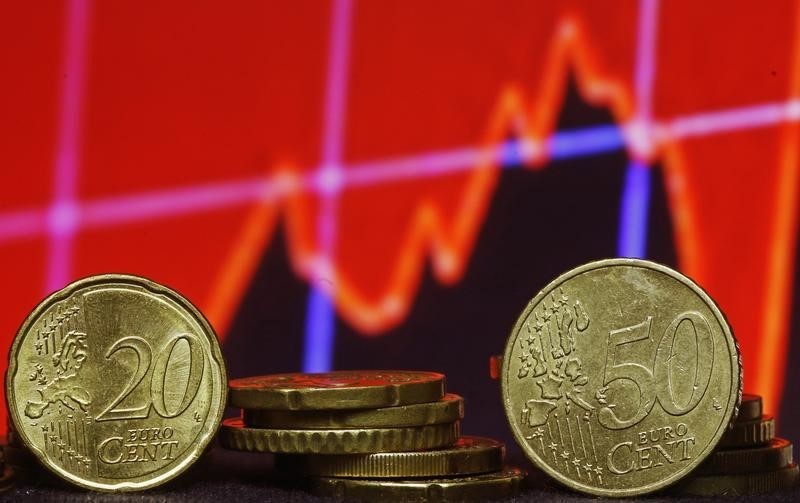Euro Falls to Two-Year Low Following PMI Data
Euro fell to its lowest level in two years today following a decline in business activity in the Eurozone. As expectations rise for a rate cut by the European Central Bank (ECB), the euro dropped by more than 1% after the data, reaching its lowest levels since November 2022. After dipping to 1.0331 during midday, the euro slightly recovered towards the 1.041 range in the last hours. PMI data indicated that the dominant service sector in the region has contracted and that the manufacturing sector has entered a deeper recession.
Markets have begun to see the possibility of an unusually large 50 basis points rate cut by the ECB in December as over 50%. ING currency strategist Francesco Pesole noted that the PMI data is "undoubtedly the most important data input" for the ECB and the euro. Pesole stated, "the data has transformed from being almost overlooked to a critical input for policy decisions, as the Governing Board is focusing more on forward-looking indicators of economic growth." Geopolitical tensions and economic uncertainties are negatively impacting the euro. The euro has weakened against the Swiss franc and the British pound, aside from the dollar. After weak PMI data from the UK, it regained some of its losses.
The euro has continued its downward trend against the dollar since Donald Trump's victory in the US presidential elections. Recent weeks have seen rising tensions between Russia and Ukraine and political uncertainties in Germany putting significant pressure on the currency. Meanwhile, the pound is also under pressure. Following a much larger-than-expected decline in retail sales in the UK in October and the first contraction of the UK business output in more than a year, the British pound fell by 0.5%. More signs of economic growth slowing are believed to potentially lead the Bank of England to soften its monetary policy stance.
The dollar is at a two-year high. The dollar continues to appreciate against six major currencies, with the DXY testing 108 today, an increase of nearly 1%, marking its highest level since November 2022.
The strengthening of the dollar persists this month amid expectations that Trump's policies could trigger inflation and limit the Fed's capacity to cut rates.


